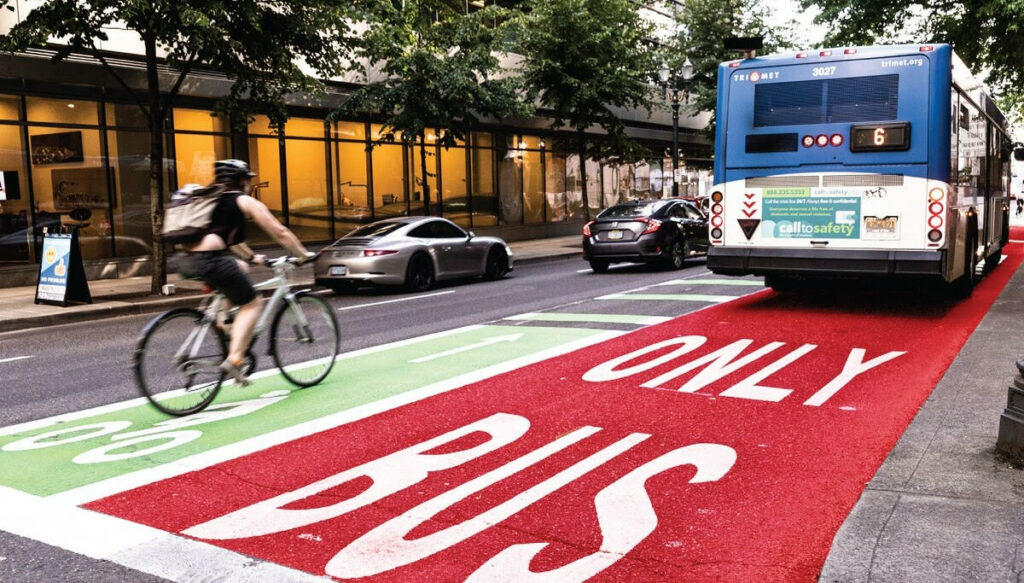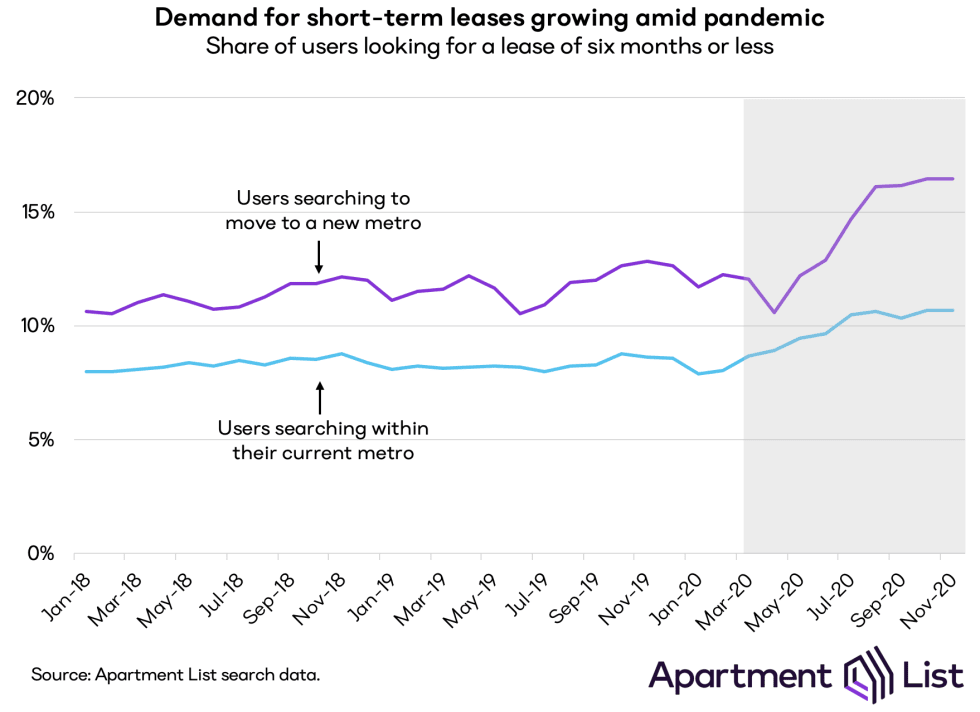What City Observatory this week
1. 2021 is when we have to get real about tackling climate change. We’ve boiled our analysis of the climate challenge down to four key points:
- Pledges alone won’t accomplish anything. Saying you support the Paris Accords and plan to emit much less greenhouse gas a two or three decades from now doesn’t count for anything without immediate actions now to lower emissions.
- We’re falling further and further behind our stated goals of reducing greenhouse gas emissions, principally because since 2014 we’re driving more. That’s true in cities around the country, including our own home Portland. Transportation agencies are particularly complicit in this failure, and are chiefly rationalizing “pollution as usual” in the guise of climate strategy.
- Cities are central to the climate solution: We need to build more great walkable city neighborhoods, and more housing in the great walkable neighborhoods we already have.
- Pricing carbon (as well as pricing driving and parking) can go a long way to creating the incentives and leveraging the financial resources and human ingenuity needed to save the planet.
2. If Portland’s going to have a carbon tax, let’s make it apply to the biggest and fastest growing sources of greenhouse gas emissions. The City of Portland has proposed a $25/ton “healthy climate” fee, which we think is a good idea, but doesn’t go far enough. The city’s proposal would apply the fee only to about 30 “facilities” around the city that together account for only about 5 percent of the cities carbon footprint. In our view, the fee ought to be extended to two of the largest sources of greenhouse gases, travel on the Oregon Department of Transportation’s interstate freeways in Portland, and flights in and out of Portland International Airport. Together, these two sources account for several times more carbon pollution than the three dozen facilities singled out in the cities proposed ordinance.
3. A Green New Deal for Portland? In the wake of the failure at the polls of a multi-billion transportation proposal, the region could use new leadership and a new direction for metro Portland’s transportation and climate efforts. We’re pleased to present a guest commentary from planner and strategist Garlynn Windsong speaking to what the Portland metropolitan area could be doing to seriously address the climate crisis.
Must read
1. Streets before trust. Alon Levy of Pedestrian Observations has an insightful column about the unfortunate paralysis created by insisting that we make community trust a pre-requisite for meaningful changes to the urban environment. In Levy’s view, the way we’re most likely to build trust with dispossessed communities in by tangible actions, not extended if sympathetic conversations.
There’s an emerging mentality among left-wing urban planners in the US called “trust before streets.” It’s a terrible idea that should disappear, a culmination of about 50 or 60 years of learned helplessness in the American public sector. . . . The correct way forward is to think in terms of state capacity first, and in particular about using the state to enact tangible change, which includes providing better public transportation and remaking streets to be safer to people who are not driving. Trust follows – in fact, among low-trust people, seeing the state provide meaningful tangible change is what can create trust, and not endless public meetings in which an untrusted state professes its commitment to social justice.
Nothing Levy says denies the real disempowerment that low income and BIPOC communities experience; it acknowledges that actions speak much louder than words. The problem is that too frequently the processes that are used to simulate trust building via public involvement become a substitute for more direct and tangible measures to redress past injustices.
2. Automobile Dependency and Equity. The irreplaceable Todd Litman has a timely essay looking at the inherent inequity of our automobile centric transportation system. One of the key findings: while owning an automobile can increase a low income household’s access to jobs, on average it ends up costing them more for car payments, fuel insurance and repairs that it generates in increased income. As Litman summarizes:
. . . low-income households that obtained a car were able to work more hours and earn approximately $2,300 more per year, which sounds great, but they spent an additional $4,100 annually on their vehicles, so they ended up with less time and less money overall. For many lower-income people, automobiles are an economic trap: they force people to work harder so they can earn more money so they can pay vehicle expenses to commute to their job, making them worse off overall.
There’s nothing equitable about a transportation system that works well only for those who can afford and operate an expensive private motor vehicle.
3. A big fraction of metro moves appear to be short-term. A key facet of the “urban flight” stories associated with the pandemic was data on people looking to change metro areas. Chris Salviati, who analyzes apartment web search activity at ApartmentList.com reports that a larger than normal share of movers are looking for short-term leases, suggesting that what movement has been observed may be reversed as the pandemic and recession subside. For example, there’s been a big uptick in searches for short term leases in places like Honolulu: Who wouldn’t want to ride out the pandemic there?
According to Apartment Lists analysis of millions of searches, declines in some markets like San Francisco have been driven more by a reduction in in-bound moves than an increase in out-bound activity. It appears that the market is reflecting uncertainty about the immediate economic situation, rather than a permanent, long-term shift in location preferences.
New Knowledge
. . . most models do not include all of the feedback loops necessary to represent the secondary effects of capacity expansion. These models were designed to estimate the effect of capacity expansion on travel times for a given population and employment level for the region. . . . Few models feed the estimated travel times back into the trip distribution or trip generation stages of the model, thereby ignoring the possibility that improved travel times will increase the number of trips that residents choose to make or the possibility that they will choose more distant destinations for their trips. Few models feed estimated travel times back into assumptions about the distribution and growth of population and employment that also influence the frequency and length of trips. In short, the models may do an adequate job of accounting for changes in route and shifts in mode, but they underestimate increases in VMT attributable to increases in trip frequencies and lengths that the capacity expansion will induce.
In the News
Bloomberg CityLab editor David Dudley has a long column, fondly remembering his lengthy pre-pandemic commute to work; in it he quotes our observations about the relative rarity of super-commuting.



